Electric plane: how a small plane’s 16-day flight from Vermont to Florida could herald a new era of battery-powered air travel that was once thought impossible.
Chris Caputo stood on the tarmac of Vermont’s Burlington International Airport in early October, gazing out at the clouds in the distance. He had flown military and commercial planes for a long time, accumulating thousands of flight hours, but this journey would be completely different.
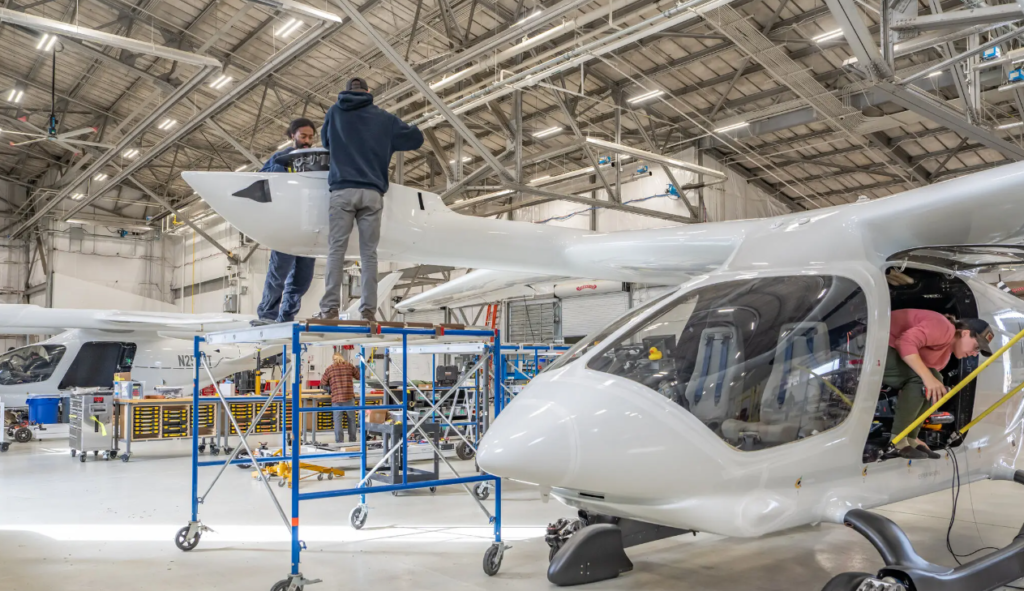
That’s because Mr. Caputo’s jet is powered by batteries. Over the next 16 days, he and his colleagues flew the plane, a Beta Technologies CX300, down the East Coast. They would fly through busy airspace in Boston, New York, Washington, and other cities, stopping roughly two dozen times to rest and recharge.
Also Read: Cloud Computing: Cloud Computing Industry To Increase By USD 429.6 Billion Between 2022 And 2027
When the journey concluded in Florida, Beta turned over the plane to the Air Force, which will test it over the following three months. The voyage provided a glimpse of what aviation could look like in the future, with the sky filled with airplanes that do not generate the greenhouse gases that are dangerously warming the Earth.

“We’re doing some really meaningful work for our state, our country and the planet,” Mr. Caputo said. “It’s hard not to want to be a part of it.”
A Flurry of Activity
Electric airplanes have been a pipe dream for the most of aviation history. However, scientific improvements, particularly in battery technology, and billions of dollars in investment have made short-distance electric air travel conceivable — and, supporters believe, commercially sustainable.
Beta has raised over $800 million in funding from investors like Fidelity, Amazon’s Climate Pledge Fund, and private equity company TPG Capital. The company employs over 600 people, the majority of whom live in Vermont, and has recently completed construction of a plant in Burlington where it aims to mass produce its aircraft, which have yet to be licensed by the Federal Aviation Administration.
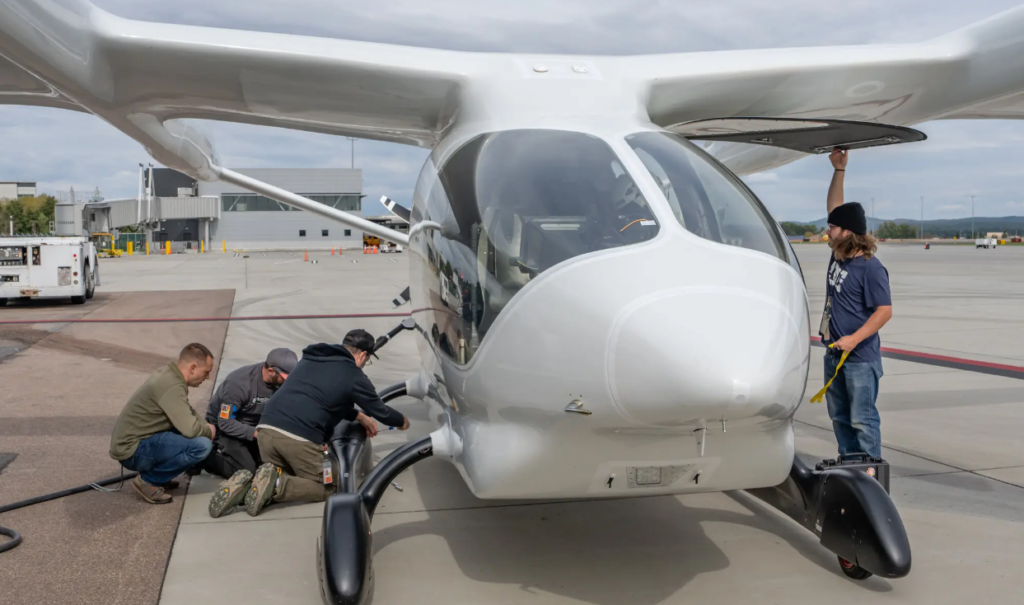
The CX300, a sleek, futuristic jet with a 50-foot wingspan, big curved windows, and a rear propeller, will be the first. That plane is meant to transport roughly 1,250 pounds of cargo and will be followed soon by the A250, which is based on the CX300’s design and has lift rotors to take off and land like a helicopter. According to the corporation, both aircraft, known as the Alia, would eventually carry people.
Many businesses are working on electric aviation, including Beta. Joby Aviation and Archer Aviation in California are building battery-powered aircraft capable of vertical flight, which they claim will shuttle a handful of passengers over short distances. Toyota, Stellantis, United Airlines, Delta Air Lines, and significant financial groups have all backed these companies. Electric aircraft are also being developed by established manufacturers such as Airbus, Boeing, and Embraer.
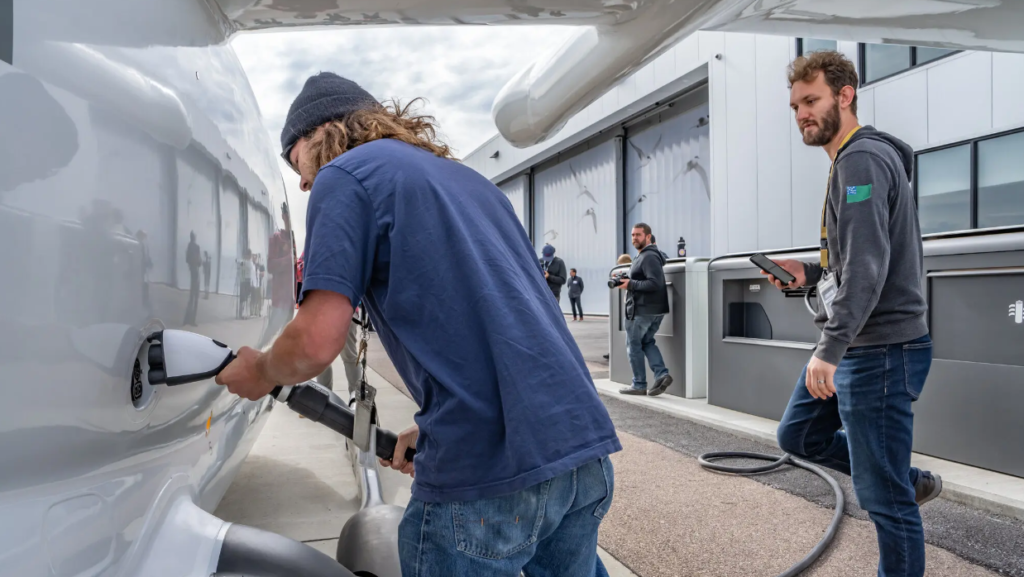
The US government has also thrown its support behind the industry. By 2028, the FAA hopes to support scale operations of aircraft using novel forms of propulsion at one or more locations. The Air Force is also granting contracts and testing vehicles, including as Beta’s CX300 and an aircraft sent to Edwards Air Force Base in California by Joby in September.
‘Almost One With the Plane’
Mr. Caputo’s plane is not as huge or powerful as the jets he flew for the Air Force, Air National Guard, or Delta. But what it lacks in size, it makes up for in charm, he says, pointing out that the plane is exceptionally quiet and sensitive, making it a joy to fly.

“You’re almost one with the plane,” Mr. Caputo recalled, later adding, “you can hear and feel the air going across the flight control surfaces.” We wear helmets right now because it’s an experiment, and safety is of the utmost importance, but we can literally take the helmets off in the plane and just chat to each other.”
According to Mr. Caputo, the CX300 and other electric aircraft could create new opportunities, such as better linking rural areas with little or no direct air service. Beta’s plane has flown as far as 386 miles on a single charge, but the company expects most of its clients to use it for journeys of 100 to 150 miles. The plane’s flight to Florida was permitted under certain conditions.
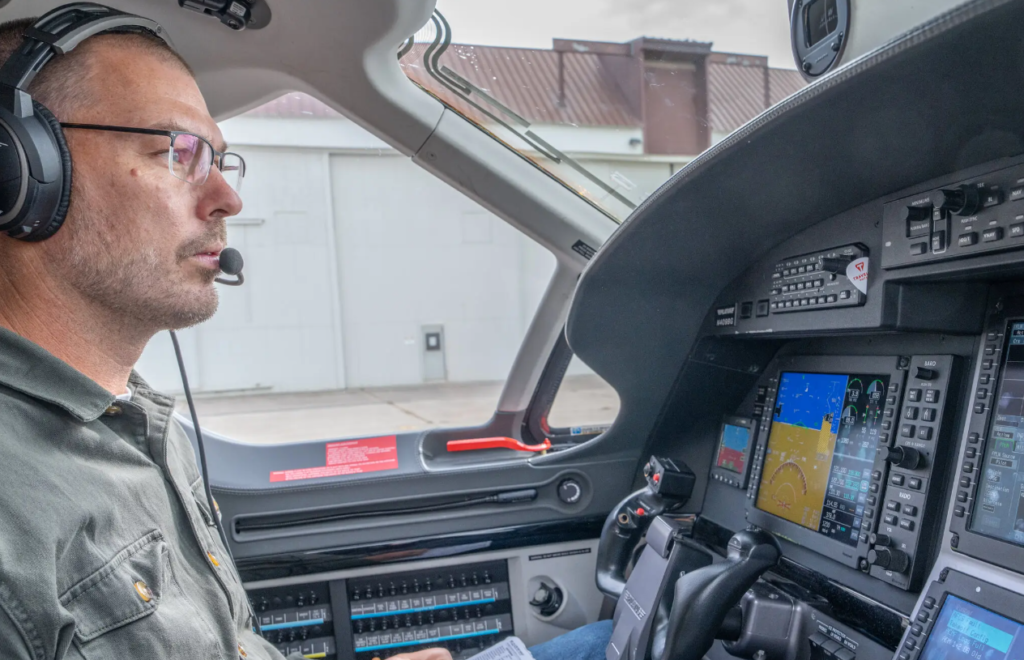
Electric aircraft are supposed to be easier to run and maintain than conventional helicopters and planes, in addition to emitting no pollutants. However, they are not likely to fly in huge numbers for some years. Initially, their journeys will most likely be brief — from Manhattan to Kennedy International Airport, for example, or from Burlington to Syracuse, New York. Modern batteries have a limited range and weight capacity. As a result, the aircraft they power can usually only transport a few people or the comparable cargo load.
Electric aircraft are expected to compete mostly with helicopters, vehicles, and trucks in the early stages. Widespread flights in cities will be impossible without expanded infrastructure such as vertical landing and takeoff locations and public support. According to analysts, the initial cost of building such aircraft will be considerable, limiting its use to the wealthy and crucial services such as medical evacuations.
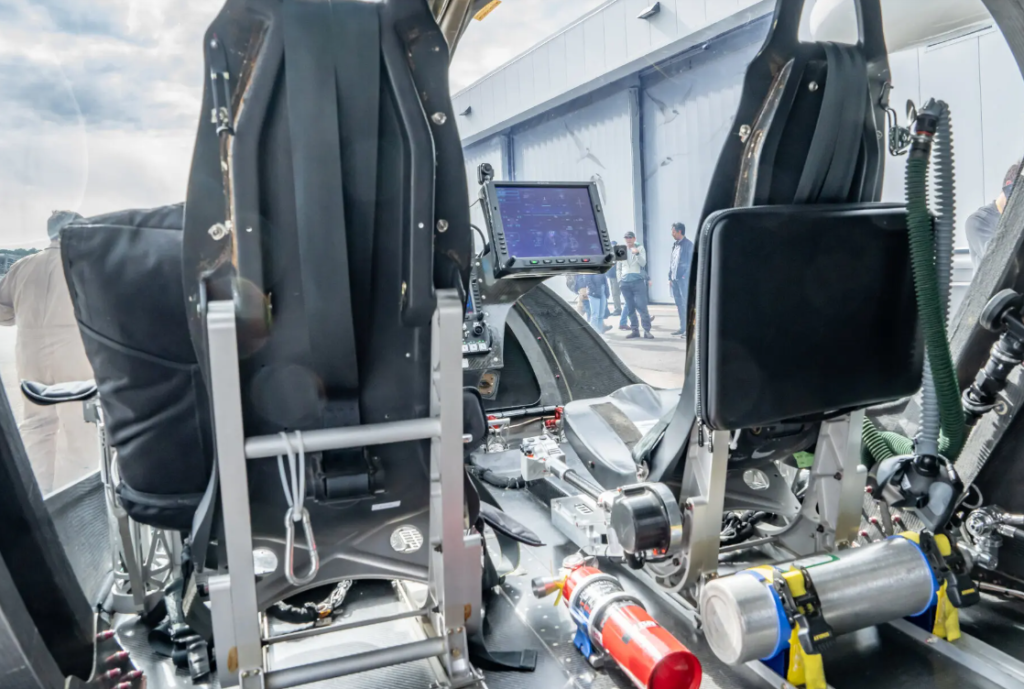
According to Kevin Michaels, managing director of AeroDynamic Advisory, an aviation consulting firm, the challenge and potential of electric aircraft today are similar to those of the vehicle at the turn of the twentieth century.
“You had several hundred manufacturers around the world, all with their own unique approaches to making these machines, but you didn’t have the roads, you didn’t have traffic lights, you didn’t have insurance,” he explained. However, the sector eventually found its way, he noted. “After 20 years, things settled down, and costs fell, and winners emerged.” And it altered the way things were done and people lived.”
Aiming to Earn Trust
Kyle Clark, Beta’s founder, is aware of these worries, which is why Beta has chosen a more deliberate approach, according to Clark. “I get it; the industry has a trust issue,” he went on to say. “It’s too much change, too quick, in an industry that has an exceptionally high standard of safety.”
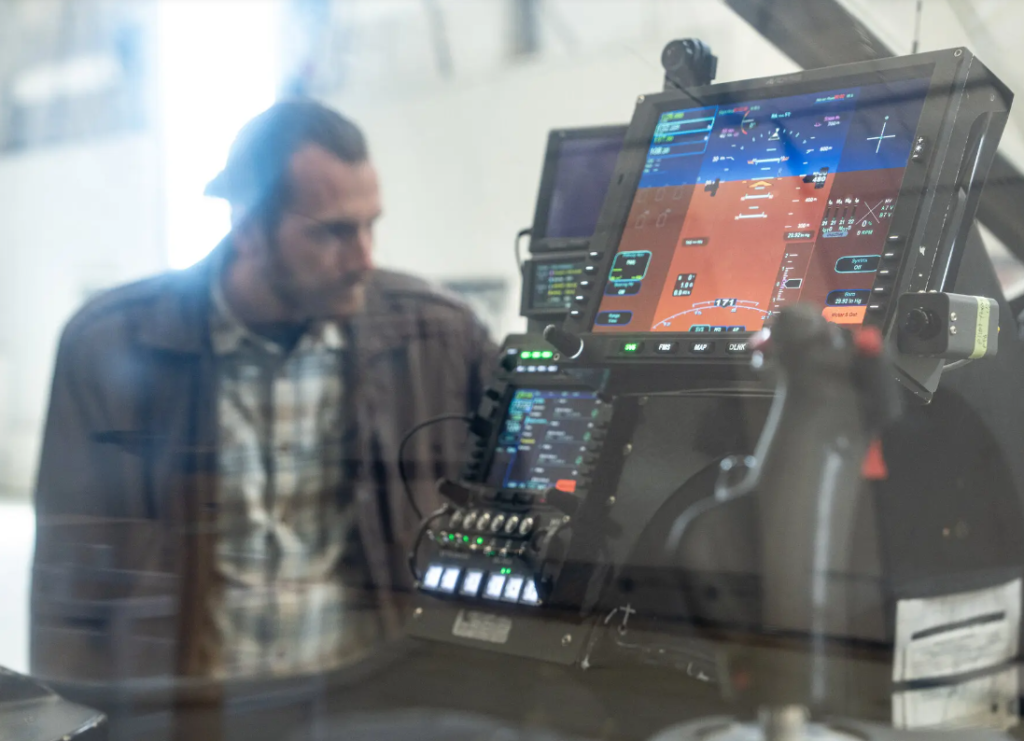
The business intends to obtain F.A.A. certification for a developed motor next year, followed by approvals for its first and second aircraft in succeeding years. Mr. Clark stated that the CX300 will use runways to transport freight, eliminating the requirement for new infrastructure.
According to Beta, numerous customers have backed this method, including the shipping giant UPS and United Therapeutics, which aim to utilize the cars to deliver organs for transplant. Another buyer, Bristow Group, intends to utilize the aircraft in the same way that it currently employs helicopters: to transport products and people to offshore energy facilities, to conduct search and rescue missions for governments, and for other purposes.
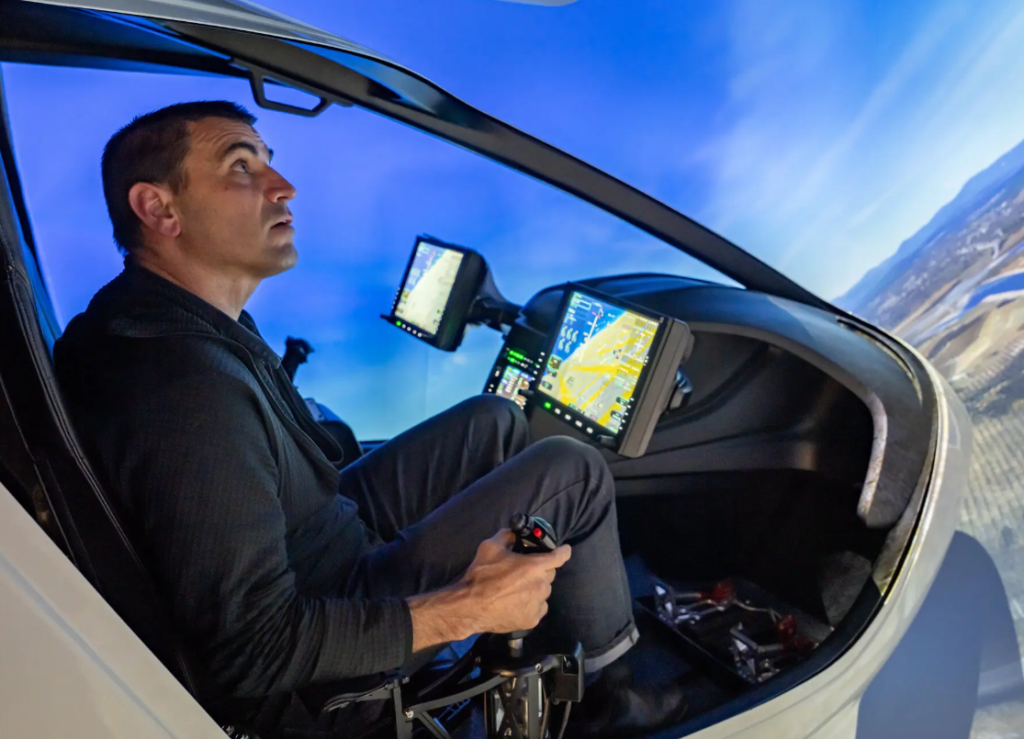
According to David Stepanek, executive vice president at Bristow, who is working with eight companies to develop next-generation aircraft, the vehicles will create new opportunities because they are quieter than helicopters and are expected to be 60 to 70 percent cheaper to operate.
Beta is creating a network of chargers to power its aircraft as well as cars, trucks, and other vehicles, in addition to building airplanes. More than a dozen have been installed, including one at the Air Force base in Florida, which serves as the military’s first electric aircraft charging station. The company also created a prototype landing site for vertical-flying aircraft that stands atop recycled shipping containers that feature energy storage and a tiny living space for pilots to rest between journeys.
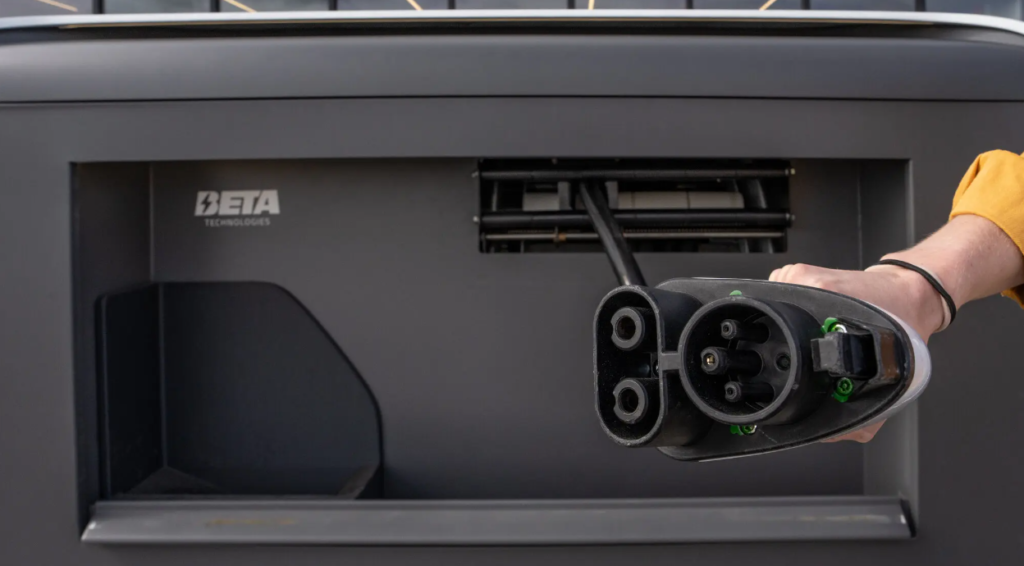
Frequently asked questions
Are electric planes taking flight?
The electric planes took off on September 27, 2022, from Moses Lake airport in the US state of Washington. So far, Alice is the only passenger aircraft designed from the ground up and capable of flying on battery power.
Is there a future in electric planes?
Electric planes are being considered by some firms. Wright Electric, for example, is developing a 100-seat fully electric regional plane that might take off in 2026. The Wright Spirit is a one-hour flight adaptation of the BAe 146 regional jet.
What is the problem with electric planes?
They’re not as powerful as they should be, and they’re not just enormous, but also hefty. So, if you want to add more power to a plane, you need a bigger battery, and if you want to get that jet airborne despite the weight, you’ll need an even bigger, more powerful battery, but that means more weight.
Will electric planes be cheaper?
When compared to regular commercial aircraft, electric planes will require fewer parts, less maintenance, and less fuel. All of these elements will lower the cost of your ticket and make it easier for airlines to sell short- and medium-haul trips.
Click here to learn about Electric planes.
image source: google




































